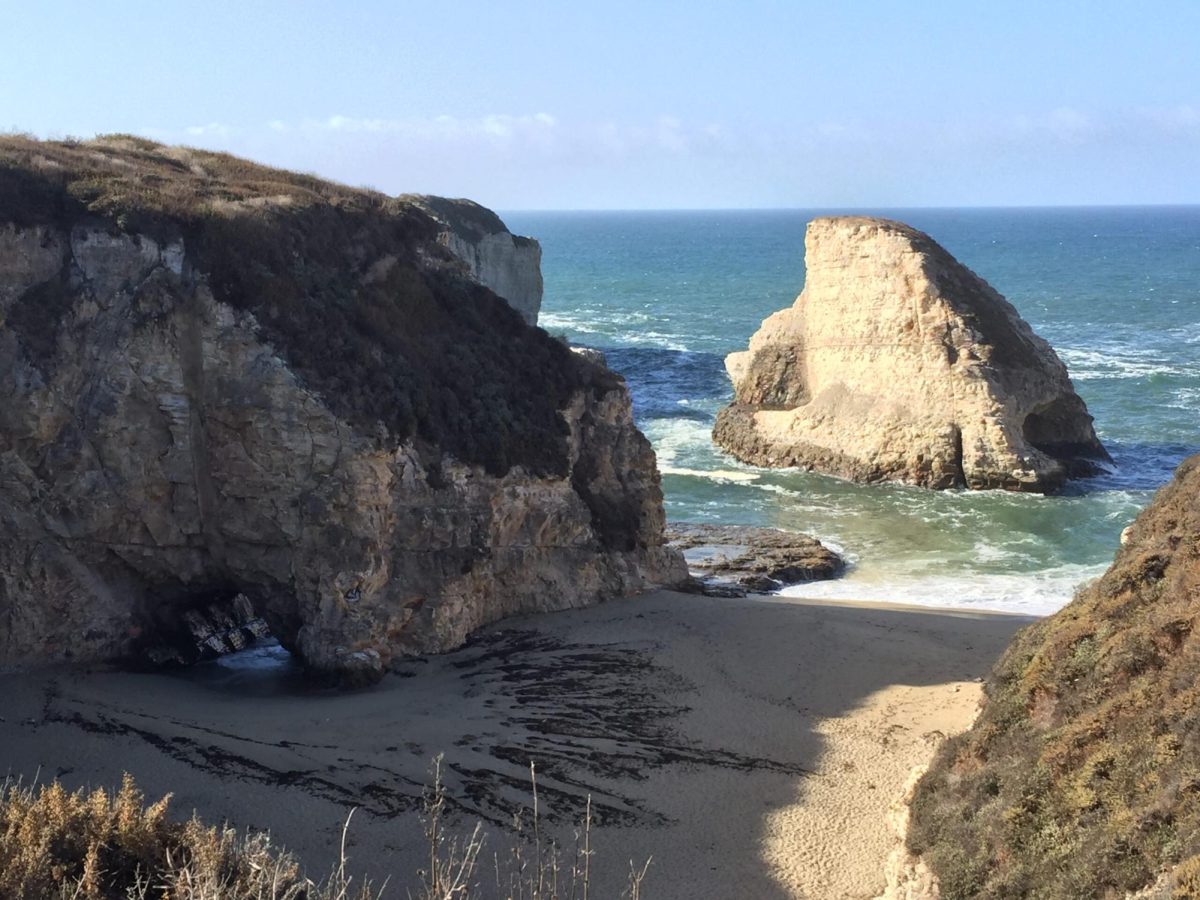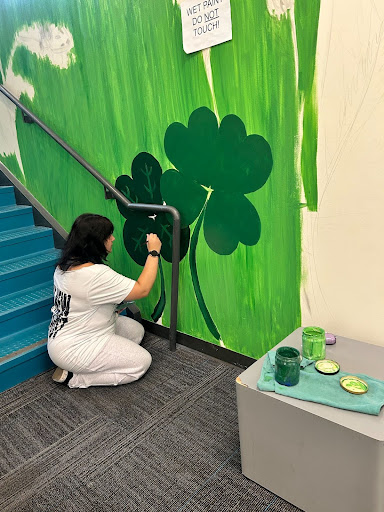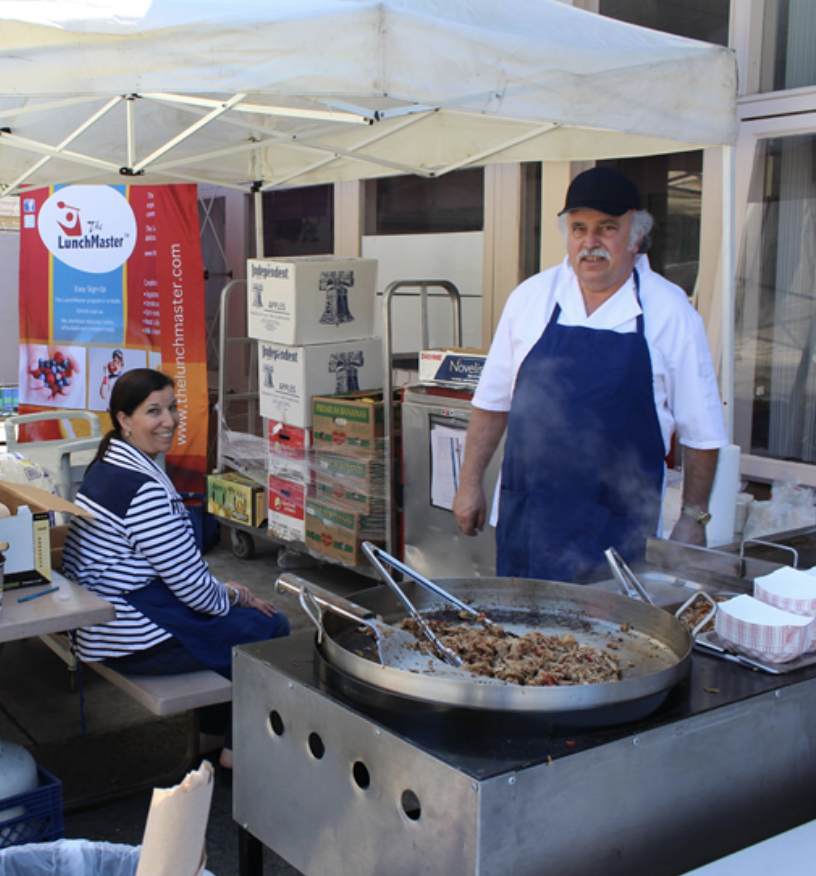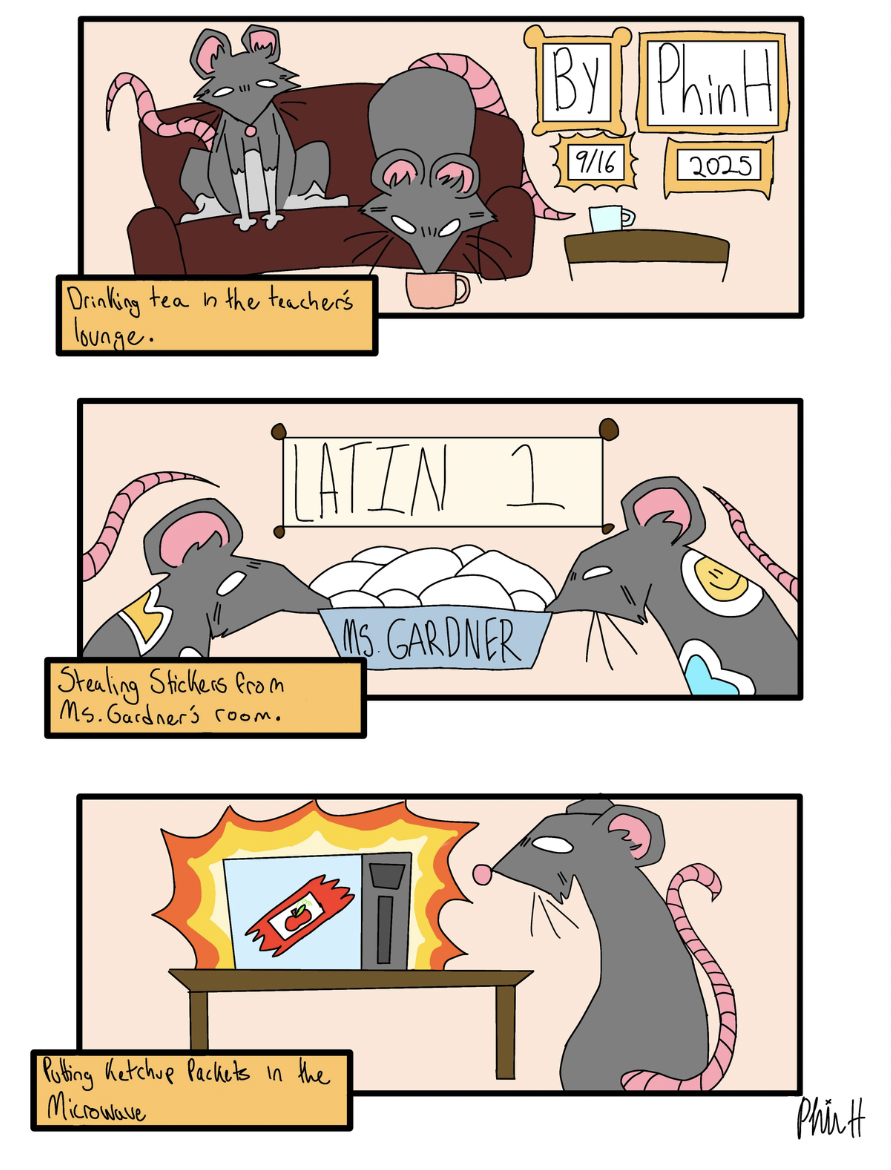The Davenport Biketrail project is currently caught between two different interest groups: the Greenway movement to eradicate the rails and have solely a bike path and the Friends of the Santa Cruz Bike Trail who wish to keep both the rails and the bike path. The project seeks to connect Watsonville to Davenport via a non-dangerous route as many commuters who do not have cars must use the highway on bikes. The Rail Trail Project is split up into 20 segments and the Wilder Ranch-to-Davenport segment is the 20th. The controversy around the Rail Trail is delicate as it pitts private property interests against public transportation. The train project would encroach on peoples’ properties and create noise. On the other hand, the train itself would allow for people who cannot afford cars or ebikes to commute.
The Davenport rail trail is the most recently planned, 5.4 mile segment of the Santa Cruz County Coastal Rail Trail – a Segment 20 planned to connect the Davenport area to Wilder Ranch. This project has been in the works since the early 2000s. The recent aforementioned controversy has started due to the funding of the government project. The PCS ROAR interviewed the former Senior Transportation Planner and Program Manager at the Santa Cruz County Regional Transport Commission, Cory Calletti, to bring some more clarity to this pressing issue.
According to Calletti, the project was started to protect people from commuting on the highway, as many bikers currently bike on Highway 1 despite growing concerns regarding its safety. Calletti stated: “The workers in Watsonville have to take the highway to work.” Some workers have early mornings, and traveling on Highway 1 without sunlight can be treacherous.” Calletti noted that the trail received funding on the agreement that remaining money would be used on the trail. However, accusations of the money not being used for the trail resulted in obstructions to the rail construction.
According to Calletti, the trail would greatly improve access to Santa Cruz County. Additionally, the presence of the trail may incentivize biking as a more popular means of transport. The rail itself has been in the works since 1990 when the project received $11 million in railroad bonds to build a passenger rail. The trail is funded by the Measure D ½ Cent Sales Tax, which will make about $700 million by 2050. Measure D was passed to fund improvements to transportation.
The the final segment of the Davenport bike path is being completed. It is still in question whether or not there will be a train alongside it. When asked why it is taking so long, responded: “It’s expensive…we have to get our money from all over… the majority from federal grants.”















